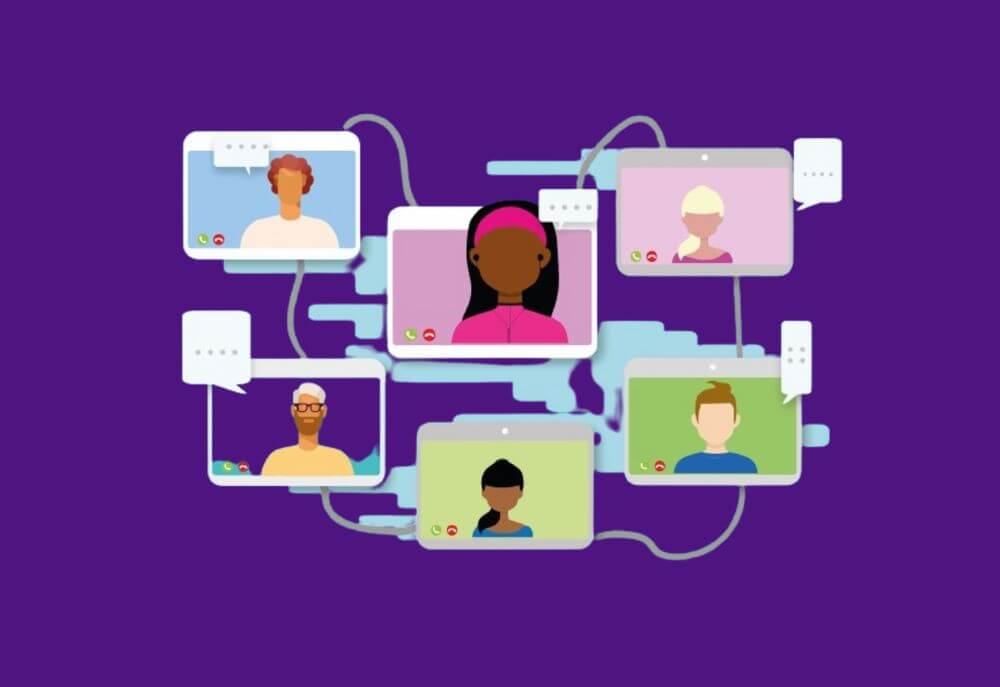Conflict is an inevitable aspect of any workplace. Whether it’s a difference in opinions, a clash of personalities, or competition for resources, disputes are bound to occur.
While it can be challenging to address these conflicts, adopting effective conflict resolution styles can transform disputes into opportunities for growth, innovation, and improved relationships.
In this article, we aim to help you navigate the complexities of workplace disputes, offering insights that not only address the immediate issue but also foster a healthier, more collaborative work environment.
By understanding and applying these styles, you can turn potentially divisive situations into opportunities for better communication, new ideas, stronger relationships, and enhanced productivity.
Let’s explore how you can harness the power of effective conflict resolution in the best way to create a more positive and dynamic workplace. Whether you’re dealing with minor disagreements or significant disputes, the right approach can make all the difference, transforming challenges into stepping stones for success.
Understanding Conflict Resolution Styles
Conflict resolution styles refer to the methods individuals use to address and resolve disputes. Each style has its unique approach to balancing one’s own needs with those of others, finding a middle ground, and spending the necessary time to resolve.
1. Avoiding
- Description: This style involves ignoring the conflict or postponing its resolution.
- When to Use: It is suitable when the issue is trivial or when more time is needed to gather information.
- Limitations: Avoiding can lead to unresolved issues festering over time, potentially escalating the conflict.
2. Accommodating
- Description: This style focuses on meeting the needs of the other party at the expense of one’s own needs.
- When to Use: It is effective when maintaining harmony and relationships is more important than the conflict itself.
- Limitations: Overuse can lead to feelings of resentment and a lack of respect for one’s own needs.
3. Competing
- Description: This assertive style seeks to satisfy one’s own needs at the expense of others.
- When to Use: It is appropriate in situations where a quick, decisive action is needed, such as during emergencies.
- Limitations: Competing can create a win-lose scenario, potentially damaging relationships and trust.
4. Compromising
- Description: This style aims to find a middle ground where each party gives up something to reach a mutually acceptable solution.
- When to Use: It is useful when both parties have equally important goals and time is limited.
- Limitations: Compromise may lead to solutions that satisfy no one completely and might overlook innovative solutions.
5. Collaborating
- Description: This style focuses on working together to find a win-win solution that satisfies the needs of both parties.
- When to Use: It is best when the conflict involves important issues where both parties’ perspectives and needs are significant.
- Limitations: Collaborating requires time, effort, and a high level of trust and communication.
Conflict Resolution Examples
Example 1: Avoiding Style
- Scenario: Two team members disagree on the direction of a project. The manager decides to postpone the discussion until the next meeting.
- Outcome: The delay allows both parties to gather more information and cool down, leading to a more constructive discussion later.
Example 2: Accommodating Style
- Scenario: During a team meeting, one member insists on using a specific tool that others are not familiar with. To maintain harmony, the team agrees to try the tool.
- Outcome: The decision preserves team cohesion, although it requires additional time for the team to learn the new tool.
Example 3: Competing Style
- Scenario: In a critical deadline situation, a project manager decides to enforce overtime work despite objections from the team.
- Outcome: The project is completed on time, but team morale may suffer due to perceived disregard for their well-being.
Example 4: Compromising Style
- Scenario: Two departments argue over budget allocations. They agree to split the available funds equally, even though neither is completely satisfied.
- Outcome: The compromise allows work to continue, but both departments may feel underfunded.
Example 5: Collaborating Style
- Scenario: Two colleagues have differing ideas on how to approach a new project. They sit down together to brainstorm and come up with a hybrid solution that incorporates elements of both ideas.
- Outcome: The collaboration results in a creative solution that both parties are happy with, strengthening their working relationship.
Additional Insights into Conflict Resolution
1. Self-Awareness and Emotional Intelligence
- Importance: Understanding one’s conflict style and emotional triggers is crucial for effective conflict resolution. Emotional intelligence enables individuals to manage their emotions and respond calmly during disputes.
- Application: Training programs focused on emotional intelligence can help employees better handle conflicts.
2. Active Listening
- Description: Active listening involves fully concentrating, understanding, responding, and remembering what the other person is saying.
- Benefits: It helps in understanding each other’s perspectives, reducing misunderstandings, and fostering a better understanding of the underlying issues.
- Techniques: Techniques include maintaining eye contact, nodding, summarizing what the speaker has said, and asking clarifying questions.
3. Developing Conflict Resolution Skills
- Training: Regular conflict resolution training can equip employees with the skills needed to handle disputes effectively.
- Role-Playing: Role-playing scenarios can help employees practice different conflict resolution styles and understand their impact.
- Workshops: Workshops on negotiation, mediation, and effective communication can enhance employees’ ability to resolve conflicts constructively.
4. Organizational Culture
- Influence: An organization’s culture significantly influences how conflicts are managed. A culture that promotes open communication and values diverse perspectives can prevent conflicts from escalating.
- Policy Implementation: Clear policies and procedures for addressing conflicts can provide a structured approach for employees to follow.
Best Practices for Handling Conflicts
- Identify the Root Cause: Understanding the underlying issues that lead to conflict is essential for finding effective solutions.
- Encourage Open Communication: Creating an environment where employees feel safe to express their concerns can prevent conflicts from escalating.
- Focus on Interests, Not Positions: Shifting the focus from fixed positions to underlying interests can open up new possibilities for resolution.
- Seek Common Ground: Finding areas of agreement can help build trust and facilitate a collaborative approach to conflict resolution.
- Be Patient and Take Time: Resolving conflicts effectively often requires time and patience. Rushing the process can lead to unsatisfactory outcomes.
Conclusion
Effective conflict resolution is essential for maintaining a productive and harmonious workplace.
By understanding and applying various conflict resolution styles, individuals can address disputes in a manner that respects each other’s needs, finds a middle ground, and fosters a better understanding.
Incorporating self-awareness, active listening, and developing conflict resolution skills are crucial for handling conflicts constructively.
Additionally, promoting an organizational culture that values open communication and diverse perspectives can further enhance conflict resolution efforts.
By implementing these strategies, organizations can turn conflicts into opportunities for growth and innovation, ultimately creating a more positive and collaborative work environment.



